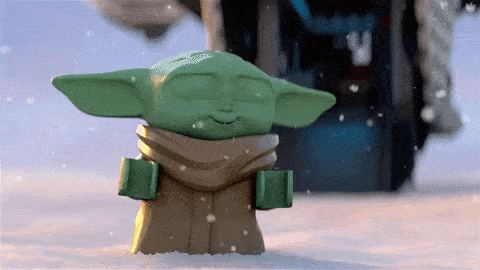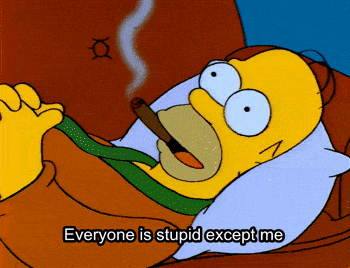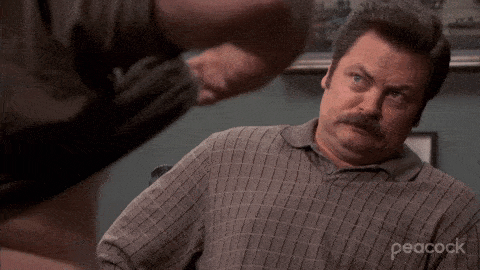What can you see in this inkblot?
Advertisement - Scroll to continue
What could this picture be?
What do you see in this inkblot?
What can you see in this inkblot?
What do you see?
What could this picture be?
Advertisement - Scroll to continue
What do you see?
What do you see in this inkblot?
Which option fits the image?
What do you see in this inkblot?
What can you see in this inkblot?
Advertisement - Scroll to continue
What do you see?
Which option fits the image?
What do you see in this inkblot?
Which option fits the image?
What can you see in this inkblot?
Advertisement - Scroll to continue
What do you see?
Which option fits the image?
What could this picture be?
What do you see?





The Rorschach inkblot test is a psychological test that can help analyze your personality. You might’ve seen it in use in popular culture but haven’t had an assessment yourself. Today’s your chance to satisfy your curiosity and take the test. All you have to do is to answer some questions.
The Rorschach test was created in 1921 by Swiss psychologist Hermann Rorschach. The story goes that Rorschach had a strong interest in inkblots since his childhood. He used to make up stories or poems about them. This passion followed him into his adult years.
It’s worth pointing out that Rorschach’s creations weren’t just simple blots of ink on paper. He used his artistic skills to refine and enhance his inkblots so that the carefully traced contours suggested specific objects to people.
While working in a psychiatric hospital, Hermann Rorschach experimented with showing his inkblots to many patients. His observation was that those diagnosed with schizophrenia saw similar things in the drawings and responded differently from patients with other diagnoses.
The psychiatrist wondered if inkblots could help create profiles for different mental disorders. Rorschach developed the inkblot test as an examination tool to assess cognition and personality and to diagnose certain psychological conditions, including schizophrenia.
The Rorschach test consists of ten bilaterally symmetrical inkblot cards. Some of them are black or gray, other can be colored. The person taking the test is shown each inkblot and asked to describe what they see. There are no right or wrong answers, and you can see more than one thing.
Next, the inquiry phase begins. The person conducting the test holds up the same cards one by one, and the test taker is asked to point out the location of their responses in each inkblot and why they see what they see.
The basic idea is that the test taker projects their thoughts and feelings onto what appear to be vague and meaningless images, and interprets them as they see fit.
The mind generates the entire sense of the images. The individual, by describing what they see in the inkblot, is telling you about themselves and how they perceive reality.
The content is one of the things psychologists look for while analyzing the answers. It refers to the name or class of the objects used in patients’ responses. There are many standard contents. Nature is one of them – it means anything related to weather, astronomy, or space. That could be the sun, planets, water, and rainbow.
There is also animal feature and human feature. The first one is an incomplete animal feature, for example, a beak of a bird or cat’s head. The second one can be a human leg, a head, or a human body with some specific parts. There is also a whole human content, which means a complete human figure.
Another content is a fictional or mythical human detail. That could be an incomplete human figure with supernatural features, for example, the angel’s wings.
Sex can also be content. It refers to any activity of a sexual nature, sex organs, or sexual reproduction.
Determinants are yet another important aspect of the analysis. It is where examiners consider why the patients see what they see. There are five broad categories of determinants, including form, movement, color, shading, and pairs & reflections.
Location refers to how much of the inkblot the patient used to depict an image. W means the whole inkblot was used to depict an image. D means a commonly described part of the blot was used. Dd means an unusual detail of the blot was used. Finally, S means the white space in the background was used.
Once all the cards have been shown, and the psychologist has correctly coded each response, an interpretative report based on the patient’s scores is generated. The report attempts to incorporate the findings from all of the test reactions. The Rorschach scoring system is complex, and conducting the test involves a high level of knowledge, skill, and training.
There are some controversies and criticism surrounding the inkblot test. For example, the only data analyzed is what the test taker is saying. A person can incorrectly verbalize or misrepresent what they see in the inkblots. Also, predicting behaviors, which is what this test attempts to do, is not always accurate. The human mind is complex and multi-dimensional, so the predictions might not be correct.
The inkblot testing technique works on an assumption that certain mental health disorders have overlapping symptoms. However, every person is different and two people with the same diagnosis can have unique symptoms.
The Rorschach inkblot test might not be a perfect tool to predict one’s behavior. However, it can aid in identifying emotional traits, personality characteristics, as well as mental health illnesses.
Are you ready to take the inkblot test? Simply look at the images and pick the best descriptions of each image from the options provided to you. Have fun!
